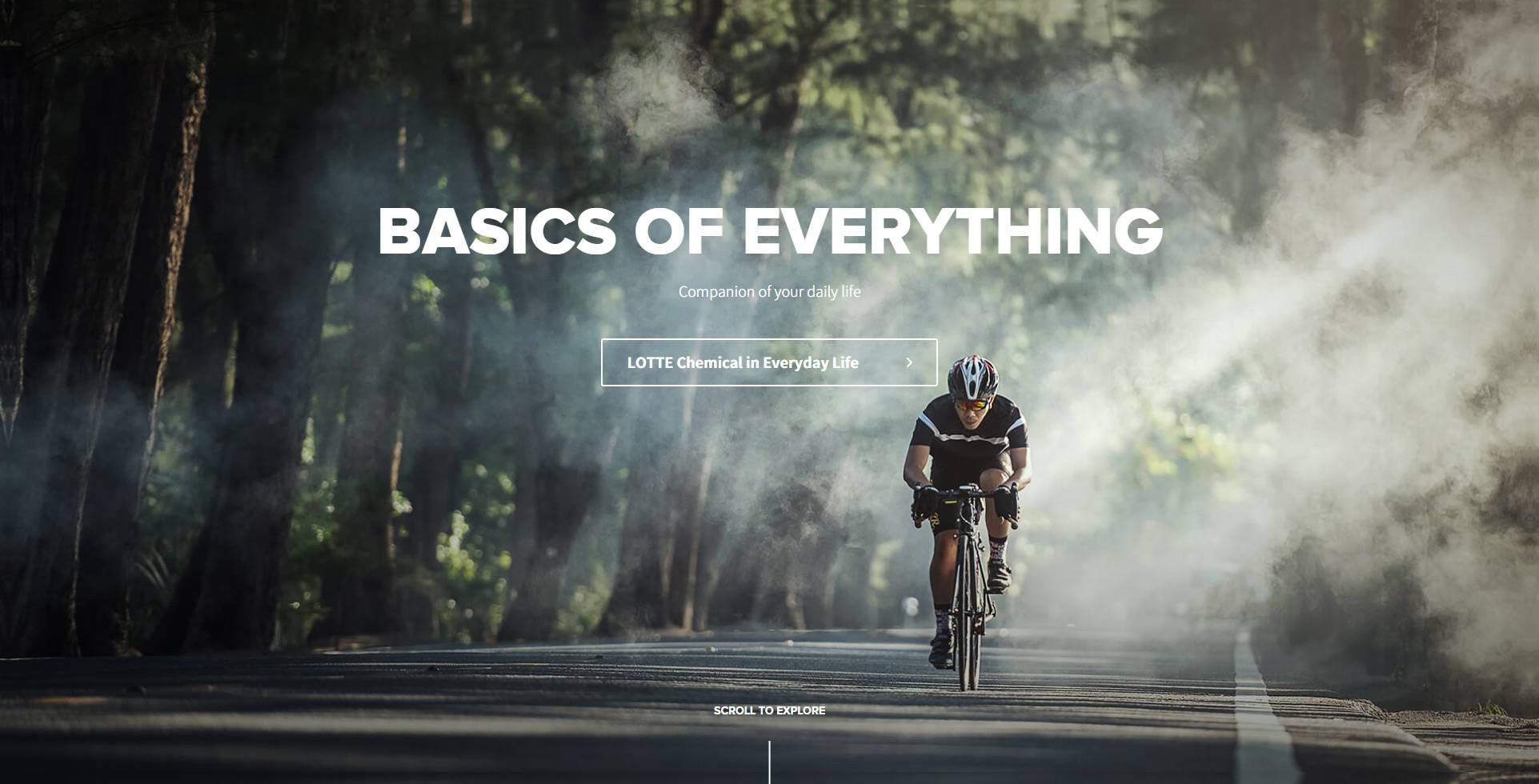Dek . 11, 2024 07:14 Back to list
water pipe fittings
Understanding Water Pipe Fittings A Comprehensive Guide
Water pipe fittings are essential components in plumbing systems, connecting various sections of pipes and fixtures to ensure efficient fluid distribution. This article aims to provide a comprehensive understanding of water pipe fittings, their types, materials, applications, and best practices for installation and maintenance.
What are Water Pipe Fittings?
Water pipe fittings are specialized components designed to join sections of pipe, direct the flow of water, and facilitate maintenance and repair. They come in various shapes, sizes, and configurations to meet the diverse needs of residential, commercial, and industrial plumbing applications. Understanding the different types of fittings and their applications is crucial for anyone involved in plumbing work.
Types of Water Pipe Fittings
1. Elbows Used to change the direction of the water flow. Common angles are 45° and 90°. These fittings are crucial for navigating around obstacles and ensuring a seamless plumbing layout.
2. Tees Shaped like the letter 'T', these fittings allow for the branching of pipes. They are essential when connecting a main line to a secondary line.
3. Reducers These fittings connect pipes of different diameters. They help to manage changes in pressure and flow rate, ensuring the system operates efficiently.
4. Couplings and Unions Couplings are used to connect two pipe sections, while unions allow for easier disconnection for maintenance or repair.
5. Caps and Plugs Caps cover the end of a pipe to stop flow, while plugs are inserted into the opening of a fitting.
6. Flanges These are used to join two pipes together and provide a stable connection point for securing pipes to walls or other structures.
7. Crosses Similar to tees, crosses allow for the connection of four pipes at a single junction point.
Materials Used for Water Pipe Fittings
Water pipe fittings can be made from a variety of materials, each offering unique properties
- PVC (Polyvinyl Chloride) Lightweight, resistant to corrosion, and easy to install, PVC fittings are common in residential and commercial plumbing. They are suitable for cold water applications.
- CPVC (Chlorinated Polyvinyl Chloride) This material can handle higher temperatures, making CPVC fittings ideal for hot water systems.
- Copper Known for its durability and resistance to corrosion, copper fittings are often used in both hot and cold water systems and provide excellent longevity.
water pipe fittings

- Brass Durable and resistant to rust, brass fittings are commonly used for both water supply and drainage systems
.- Stainless Steel Offering exceptional corrosion resistance, stainless steel fittings are ideal for high-pressure applications and environments exposed to harsh conditions.
Applications of Water Pipe Fittings
Water pipe fittings are used in various applications, including
1. Residential Plumbing From connecting sinks and bathtubs to directing water flow in irrigation systems, fittings are critical in households.
2. Commercial Buildings In commercial properties, fittings are used extensively in HVAC systems, water supply lines, and drainage systems.
3. Industrial Applications Fittings are often employed in factories and manufacturing settings to handle hydraulic and pneumatic systems.
4. Municipal Water Supply Fittings are crucial in ensuring public water supply systems operate efficiently, directing water flow from treatment plants to homes.
Best Practices for Installation and Maintenance
To ensure the longevity and efficiency of water pipe fittings, follow these best practices
- Choose the Right Fitting Ensure the fitting type and material match the pipe material and the application's requirements for pressure and temperature.
- Proper Installation Use appropriate tools and techniques, following the manufacturer's guidelines to avoid leaks and ensure secure connections.
- Regular Inspection Periodically inspect fittings for signs of wear, corrosion, or leaks. Early detection can prevent larger issues down the line.
- Avoid Over-tightening Over-tightening can lead to damage or leaks. Use torque wrenches where appropriate to achieve the correct tightness.
Conclusion
Understanding water pipe fittings is crucial for anyone involved in plumbing, whether you’re a homeowner taking on DIY projects or a professional plumber. By selecting the right fittings, using appropriate materials, and adhering to best practices, you can ensure a reliable and efficient plumbing system. Whether for domestic, commercial, or industrial applications, water pipe fittings play an indispensable role in the successful management of water flow in our lives.
-
Durable PP Rigid Sheet: Lightweight, Chemical Resistant Solutions
NewsAug.21,2025
-
PVC Grey Sheet for Extraction: Chemical Resistant & Durable
NewsAug.19,2025
-
Durable PVC Pipe Fittings for Plumbing & Irrigation Needs
NewsAug.18,2025
-
HDPE Steel Belt Reinforced Spiral Corrugated Pipe | High Strength
NewsAug.17,2025
-
HDPE Pipe Fittings: Durable, Leak-Proof Solutions
NewsAug.16,2025
-
Premium CPVC Sheet: High-Temp & Chemical Resistant Solutions
NewsAug.15,2025

